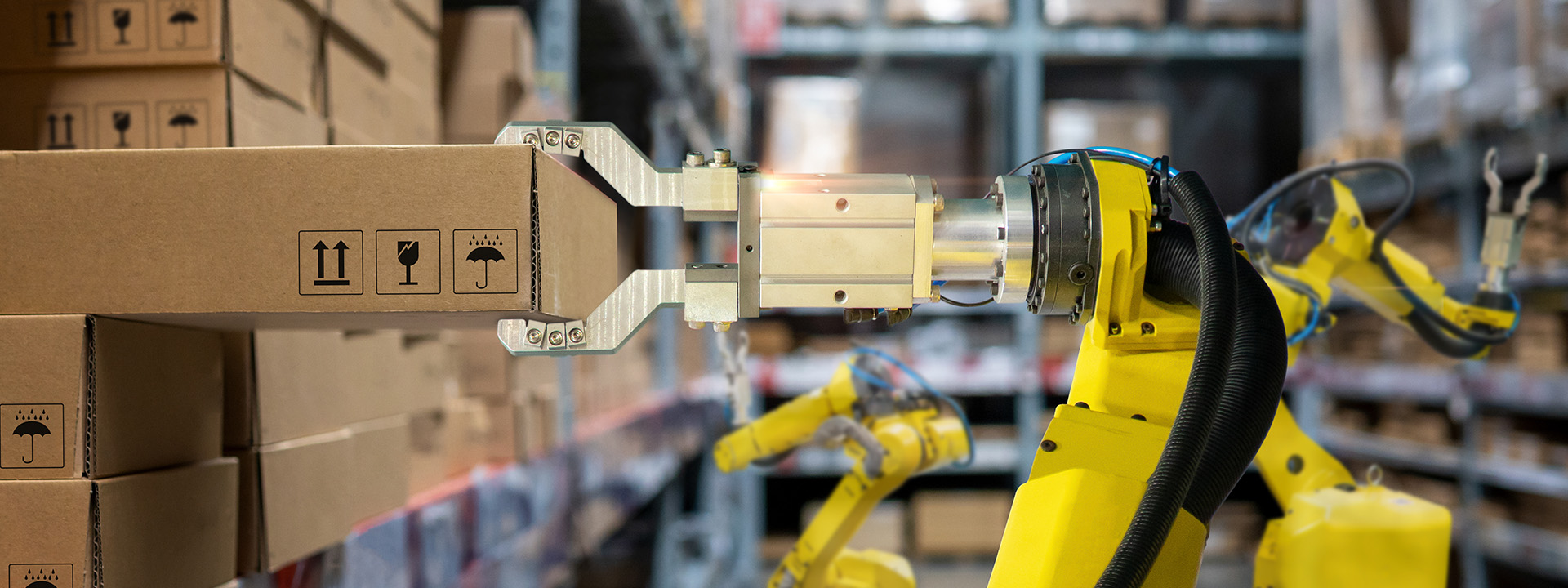
27 May Agile Automation
A Good Night’s Sleep Beats the Bleeding Edge
While Agile Cold Storage operates 24-hours a day, our customers, stakeholders and employees need to sleep well at night. Automation in a cold storage environment provides many benefits: energy savings, an improved environment for product and our people, and increased capacity. The list of benefits is countered by drawbacks when technology is mis-applied, resulting in increased project risk, a difficult environment for people and product, and reduced performance.
A successful cold storage operation needs three things: cold buildings, warm relationships, and solid performance. While automation rarely gets in the way of refrigeration, automation systems that don’t operate as intentioned quickly turn customer and employee relationships cold and turn the best-intentioned investment into a drag on performance for everyone involved. It’s a delicate balance to get it right. Whatever the choice, the result of decisions we make are measured in years, not quarters.
What does this mean to Agile and our customers?
First, we need automation. Agile and our customers will not be successful if we don’t invest in solutions that improve efficiency and capacity. Second, we need solutions that respect current capabilities (and limitations) of technology and people that will support it. Third, our customers rely on Agile to receive, store, and ship their products accurately and on-time. Full stop. Theoretical advantage has no value if we don’t receive, store, and ship as promised.
How do we ensure a good night’s sleep for our customers, stakeholders, and employees?
- First, Agile buildings are designed with a mix of both manual and automated operations. The Pareto rule is alive and well with 80% of the operation automated and 20% manual. Why retain manual operations? Not all products and customers are suited for automation. There will be days when automated systems don’t function as intended. There will be products that arrive at our door not suitable for handling by an automated solution. We balance risk and reward and err to the side of reduced reward in favor of decreasing risk for our customers.
- Second, Agile buildings are designed with redundancy, simplicity, and reliability as top of mind. We’re trading the last few points of efficiency in exchange for a good night’s sleep. We think our customers like to sleep well a night knowing we’re leading edge, not bleeding edge. That said, we’ve designed buildings to accommodate “next generation” technology that we believe will be “industry ready” in the next three to five years. What’s that mean… well, give us a call and we’ll be happy to explain.
- Third, Agile buildings are designed with performance to spare. We design our facilities to eliminate single points of failure to the extent possible. Could we save a few dollars and “optimize the automation”? Sure could. Does advanced technology that could improve efficiency (on the good days) exist today? Sure does. Does implementing technology that increases risk exponentially, while providing benefits that are hard to measure make sense? Not so much.
Our view is that technology applied judiciously will enable Agile to outperform existing non-automated solutions quite handily, while many complex automation designs often cost users and their customers a good night’s sleep. If you’d like to learn more about Agile and our approach to automation, we’d be happy to show you how we design cold buildings that maintain warm relationships and deliver solid performance.


